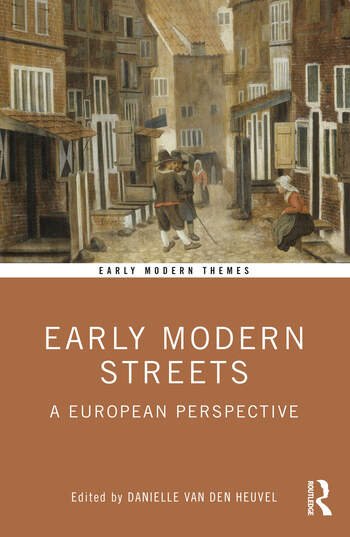New Book on Amsterdam Street Life
/On October 6, Bob Pierik’s book on the life in Amsterdam’s streets will see the light. Based on his PhD dissertation, the book recounts the everyday experiences of Amsterdammers in the 17th and 18th centuries. Full of wonderful stories, the book lets you time travel to the streets of early modern Amsterdam, and experience the forgotten sounds and smells, and meet all those who occupied the streets of this lively city.
The book is for a Dutch readership and published by Meulenhoff.
https://www.meulenhoff.nl/producten/zo-veel-leven-voor-de-deur-9789029098281
From the publisher’s website:
Een bruisende geschiedenis van het Amsterdamse straatleven in de zeventiende en achttiende eeuw. Na alle boeken over belangrijke bestuurders krijgen nu eindelijk ook de gewone Amsterdammers uit die tijd een gezicht.Het Amsterdamse centrum staat vol monumenten. Maar al die stenen herinneringen aan een rijk verleden zeggen weinig over hoe de zeventiende- en achttiende-eeuwse Amsterdammers de openbare ruimte gebruikten. Wie kwam je tegen in de straten van het oude Amsterdam? Wat zag je, hoorde je en maakte je mee als je je door de stadspoorten naar binnen begaf ?







